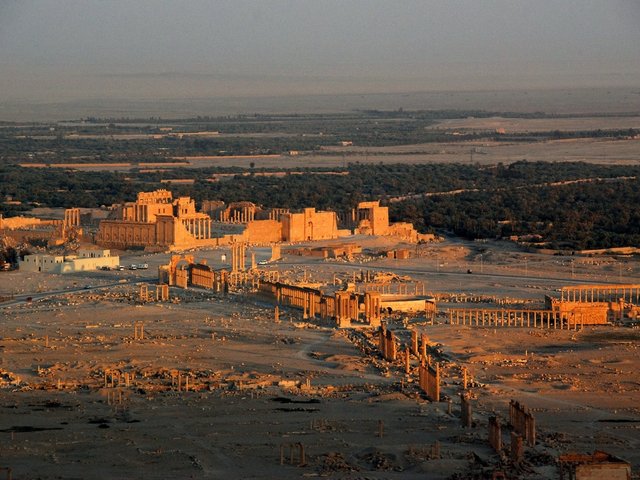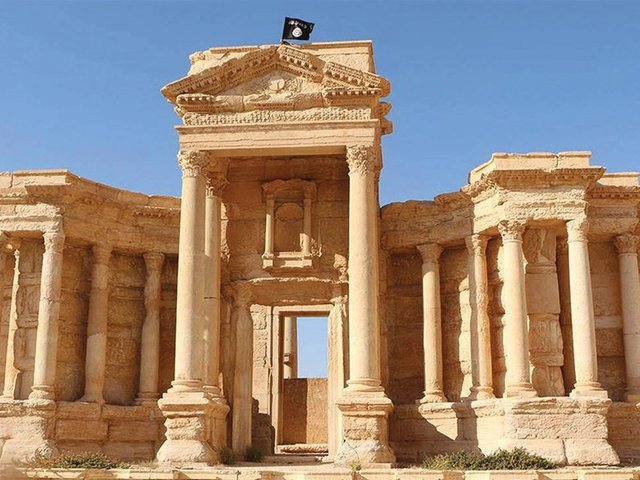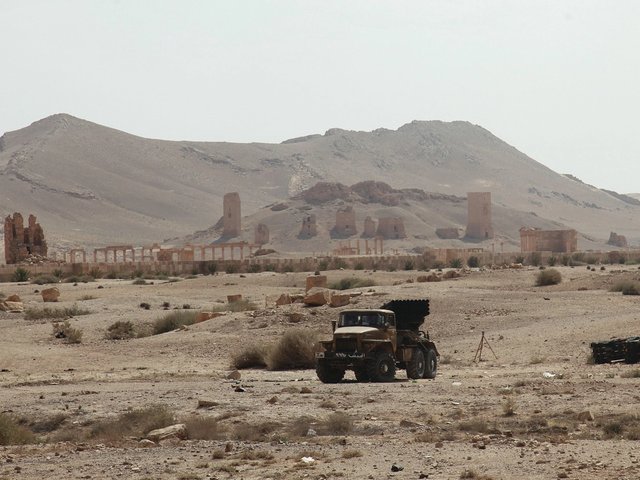Islamic State (IS) militia has seized control of Palmyra, the most important archaeological site in Syria. Fears are growing that extremists may destroy the Roman remains, which they see as representing pre-Islamic religious beliefs. The IS military breakthrough came after a week of fighting. Its militia broke through Syrian government forces at Tadmur, the modern town that lies adjacent to the ruins, and is occupying at least part of the archaeological site.
There is now great concern for the antiquities because of the destruction wrought by the militia’s IS allies in Iraq. Since March Iraqi IS extremists have used heavy equipment and explosives to destroy Assyrian and Parthian sculptures at Mosul Museum, Nineveh, Nimrud and Hatra. Maamoun Abdulkarim, Syria’s antiquities head, told Reuters that hundreds of statues had been moved from Palmyra before the site was seized.
Irina Bokova, the director-general of Unesco, is calling for an end to the fighting at Palmyra, a World Heritage Site: “I reiterate my appeal for an immediate cessation of hostilities at the site. I further call on the international community to do everything in its power to protect the affected civilian population and safeguard the unique cultural heritage of Palmyra.”
Palmyra lies in the desert 250 kilometres north-east of Damascus. During the first and second centuries AD it developed as an important Roman city with strong Persian ties and trading links with China and India. Its paved colonnaded street, just over one kilometre long, linked the Temple of Ba’al with Diocletian’s Camp. These ruins still survive, along with other important remains, including the agora (central assembly square) and theatre. Palmyra’s greatest works of art are sculpted limestone busts on funerary monuments.




